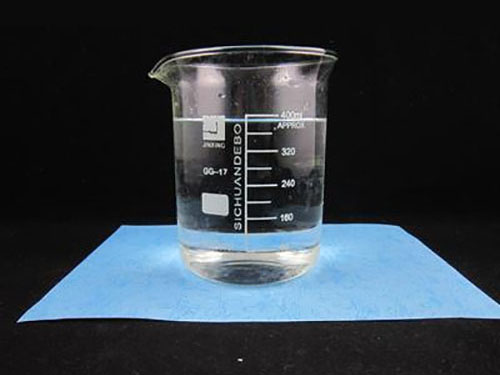The Growing Role of Organic Fluorochemicals in Modern Industries
2024-12-18
Organic fluorochemicals, a unique class of compounds, have steadily gained attention due to their exceptional properties and wide range of applications. These chemicals, which contain carbon-fluorine bonds, exhibit unique characteristics that make them indispensable in industries such as pharmaceuticals, electronics, automotive, and even textiles. As the demand for high-performance materials continues to rise, organic fluorochemicals are increasingly playing a vital role in shaping the future of technology and sustainability.
What Are Organic Fluorochemicals?
Organic fluorochemicals are organic compounds in which carbon atoms are bonded to fluorine atoms. The strength of the carbon-fluorine bond imparts superior chemical stability, making these compounds resistant to heat, chemical corrosion, and oxidative degradation. This unique feature gives them outstanding durability and versatility, leading to their widespread use across multiple sectors.

Key Applications of Organic Fluorochemicals
1. Pharmaceuticals
In the pharmaceutical industry, organic fluorochemicals are used to develop drugs with enhanced efficacy and stability. Fluorine atoms can be introduced into drug molecules to modify their biological activity, increasing their potency or improving their pharmacokinetics. Many modern drugs, including antidepressants, antibiotics, and anti-inflammatory medications, contain fluorine due to its ability to optimize their therapeutic effects.
2. Electronics and Semiconductor Industry
Organic fluorochemicals play a critical role in the electronics and semiconductor industries. For instance, fluoropolymers are used as insulating materials for wiring and cables because of their excellent dielectric properties and resistance to heat. Fluorinated compounds are also essential in the production of advanced coatings for display screens, which help improve the durability and functionality of smartphones, tablets, and other electronic devices.
3. Automotive and Aerospace
In the automotive and aerospace industries, organic fluorochemicals are used to manufacture high-performance materials. Fluorinated lubricants and coatings are critical in reducing friction, wear, and corrosion in machinery and engines. These chemicals contribute to the longevity and efficiency of aircraft components, car engines, and other high-performance systems.
4. Textiles and Fabrics
Organic fluorochemicals are often used in the textile industry to create water- and stain-resistant fabrics. Fluorinated coatings are applied to fabrics such as carpets, clothing, and upholstery to make them resistant to water, dirt, and stains. These coatings ensure the fabric retains its appearance and functionality for longer periods, reducing the need for frequent cleaning and enhancing the product’s lifespan.
5. Agriculture and Pesticides
In the agricultural sector, organic fluorochemicals are used in the formulation of pesticides and herbicides. The incorporation of fluorine in these chemicals helps improve their effectiveness and persistence, ensuring better crop protection against pests and diseases. Additionally, organic fluorochemicals are used in developing crop treatment solutions that are more efficient and environmentally friendly.
Environmental Considerations
While organic fluorochemicals are crucial in various industries, they do present environmental challenges. Certain fluorinated compounds, particularly perfluorinated chemicals (PFCs), are persistent in the environment and can accumulate in living organisms. As a result, there is increasing pressure on manufacturers to develop more environmentally friendly alternatives and improve the recycling and disposal processes of these chemicals.
Conclusion
Organic fluorochemicals are undeniably important to many modern industries, providing solutions that enhance the performance, durability, and efficiency of products across multiple sectors. As technology advances and industries continue to seek higher-performance materials, organic fluorochemicals will remain a key component in driving innovation. However, the industry must balance their utility with sustainable practices to ensure that their environmental impact is minimized, leading to a greener future for all.

